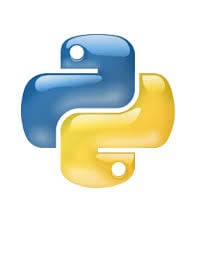This article provides a short introduction to the Python programming language. Python is a free and open source programming language which is getting very popular . Statistical analysis and facts show that Python is taking the lead as one of the most popular programming languages available.
It has received TIOBE Programming Language of the Year award twice. NASA uses Python for scientific programming tasks. Surprised? Not yet! Google and YouTube are heavy on Python. Why? Python allows rapid development, which is very important in this ruthlessly competitive world. The language is ‘elegant’, easy to understand and its simplicity makes it beautiful and easy to use even for kids. Since it is an interpreted programming language, Python programs can run on all major computer platforms. Python comes pre-installed in Linux and is available on Unix systems, Mac OS, Microsoft Windows and even DOS. Cell phones running Symbian OS, iPods and much more. Running Python scripts on Windows is the same as doing it on Linux.
Python execution speed is not as fast as that of a compiled language such as C but Python speed of development gain is more important than that. The amount of code required for writing a program is very important because it is one of the factors that affect the time of development process. Python code is typically one-fifth the size of equivalent Java code. Now, think about the time you can save if you write the program in Python instead of Java or other languages such as C or C++. Time is money. Money is funny.
If you come from a C programming background you know that you have to declare the type and the size of the variables before you can use them. There is no such thing as variable type or variable declaration in Python. You can see how the changes affect your program immediately after you have edited the source code, there are no compiling and linking steps like in C computer language. There is no such thing in Python. Save the program, click run and it is all done. Imagine working on a big project with 100 thousand lines of code and waiting for the C compiler to finish the job. And you have to compile it again and again because of a semi-colon you forgot to add at the end of the line. There are no such things in Python, the code is clear and indented. The cleaner friendly syntax and simple design of the language make it more easy for other people to read your programs and find bugs. Python focuses on software quality and developer productivity. Python is widely used in penetration testing too. But I will write about that at a later date.
Python is power! It shines everyday, it is a tool that can be used to create big and great things with less effort. Think Big, Think Python.





